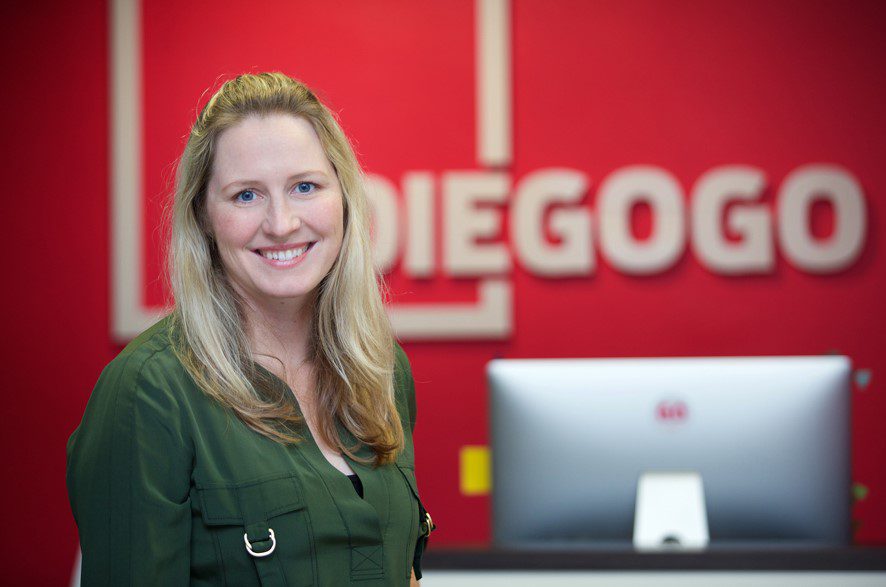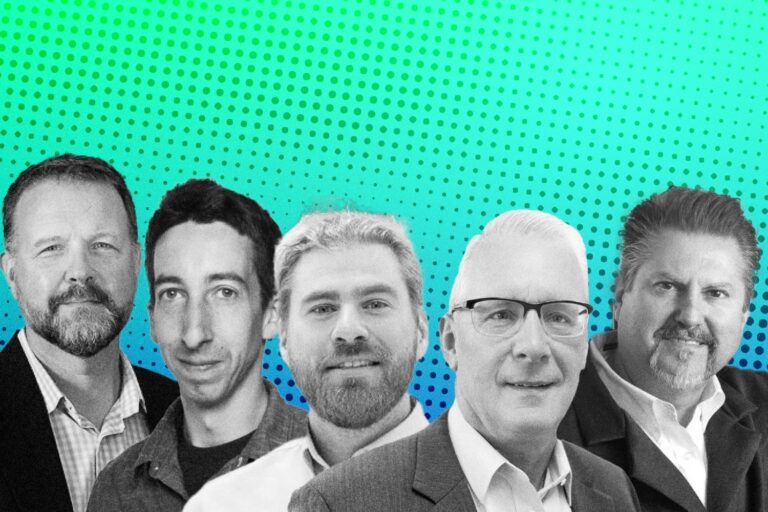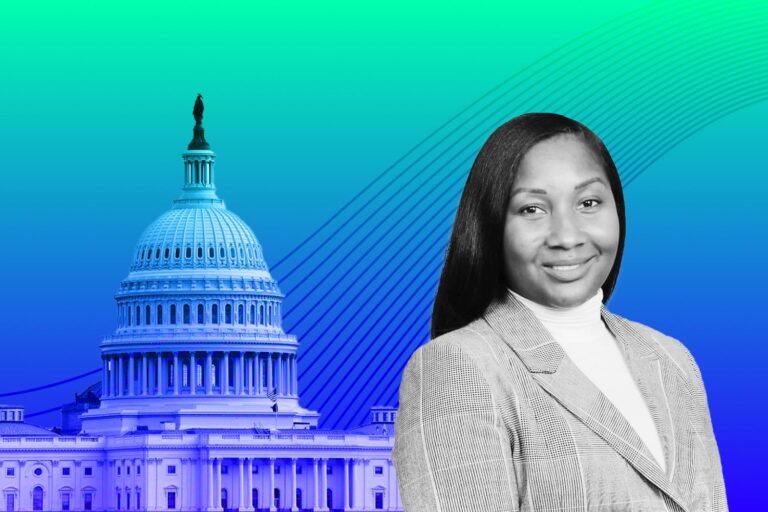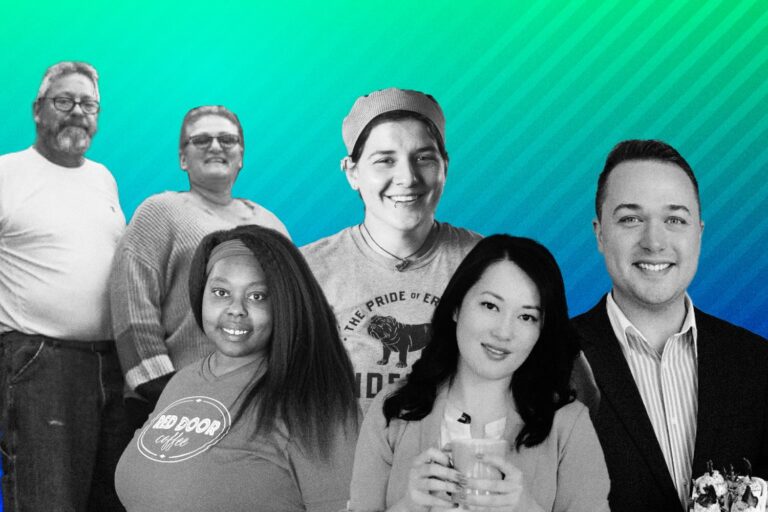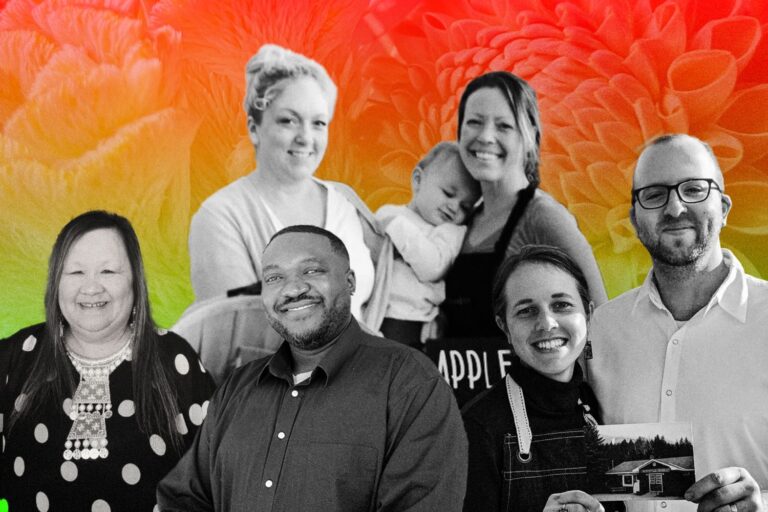Indiegogo: From Humble Roots to Prominent Crowdsourcing Disruptor for “Dreamers”
Born with a mission to “level the funding playing field”, Indiegogo, as a household crowdfunding platform, has actually been revolutionizing finance and democratizing the fundraising landscape. Since its humble beginning in 2008 by the 29-year-old Danae Ringelmann, the San Francisco-based crowdsourcing behemoth has brought more than 800,000 innovative ideas with a thrivingly 9-million-backer community, representing 235 countries and territories. Actually, from live campaigns to ready-to-ship tech, millions of “curious humans rely on Indiegogo to find the latest innovations in tech and design.”
In addition to the fact that the crowdfunding platform has been a world-renowned hub for igniting the success of countless businesses and creative projects, Indiegogo itself has emerged as a revolutionary success. Let’s read on to uncover Indiegogo’s transformational journey from its humble roots to such a prominent player within the scene!
Indiegogo: How Danae Ringelmann Came Up with Indiegogo & Democratized Funding for Creative Fellows
Indiegogo’s co-founder, Danae Ringelmann, grew up as the daughter of two entrepreneurs who struggled to grow their business and bootstrapped for 30 years. “I grew up with an awareness of just how hard it is for small businesses to raise money. My parents ran a bricks-and-mortar business in San Francisco and could never get a loan. If they were on the brink of getting a loan it was only if they completely gave up all personal guarantees and signed over everything to collatorize it. So, they were never really able to access outside financing. They grew steadily but it was very frustrating,” wrote Ringelmann.
This experience made her question how money and investments work – such curiosity led her to Wall Street, where she met many people who had great ideas but limited access to capital.
Particularly, in 2002, while working as an analyst on Wall Street, Danae Ringelmann co-produced a reading of an Arthur Miller play. Notwithstanding that performance was popular among audiences, there was little financial incentive available, and Ringelmann struggled to seek alternative revenue streams.
For more than six years, she had worked in finance, learning about the world, business, and how things worked. Then she wanted to change it. “In order to change the world, I wanted to be in an environment that would allow me to really think big and experiment,” which drove her to take an MBA. Danae Ringelmann came up with the basic concept for Indiegogo — an offline platform where anyone could raise money for an idea or a project — and fine-tuned it at business school at the University of California, Berkeley, where she met her MBA fellows, Eric Schell and Slava Rubin. Magically, they had similar experiences with fundraising: Eric Schell struggled to fundraise for a Chicago theater company whereas Slava Rubin tried to raise funds to find a cure for Multiple Myeloma, the disease that killed his father.
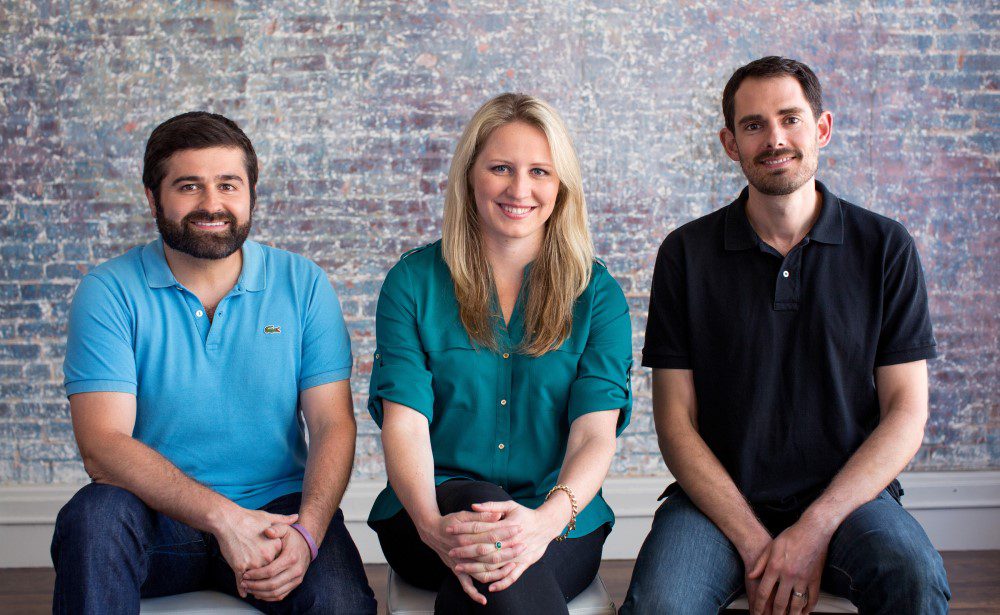
Though Ringelmann’s original business concept was an offline platform, these two friends convinced her that leveraging the power of the Internet would be a better approach, and they introduced Indiegogo in January 2008, the same year Ringelmann graduated.
“When I met them, they said I should use the most democratic tool out there and that’s the Internet. So, that’s when we came up with Indiegogo.com before the word crowdfunding even existed.”
How Indiegogo Weathered Through the Early Struggling Years
At the very first beginning, Ringelmann’s challenge was to explain the “crowdfunding” concept — in fact, the term did not yet exist. “I just woke up one day and someone started calling us that,” shared Ringelmann, noting that she was not sure who coined it. Those days, the only people who used the site were friends, family and Berkeley classmates. “Outside of that world, it was an undiscovered territory. If I had to define success as people giving us positive feedback, I would have given up.”
Launched during the height of the financial recession, Indiegogo endured challenging times early on—2007 to 2009 was a hard time for startups. Though, to some extent, such a crisis could be considered something of a lucky break for the crowdsourcing site. To be more precise, that created more of a need for alternative forms of financing. Besides, at the same time, individuals, especially entrepreneurs, were getting more comfortable with established online payment systems like PayPal and social-media platforms such as Facebook.
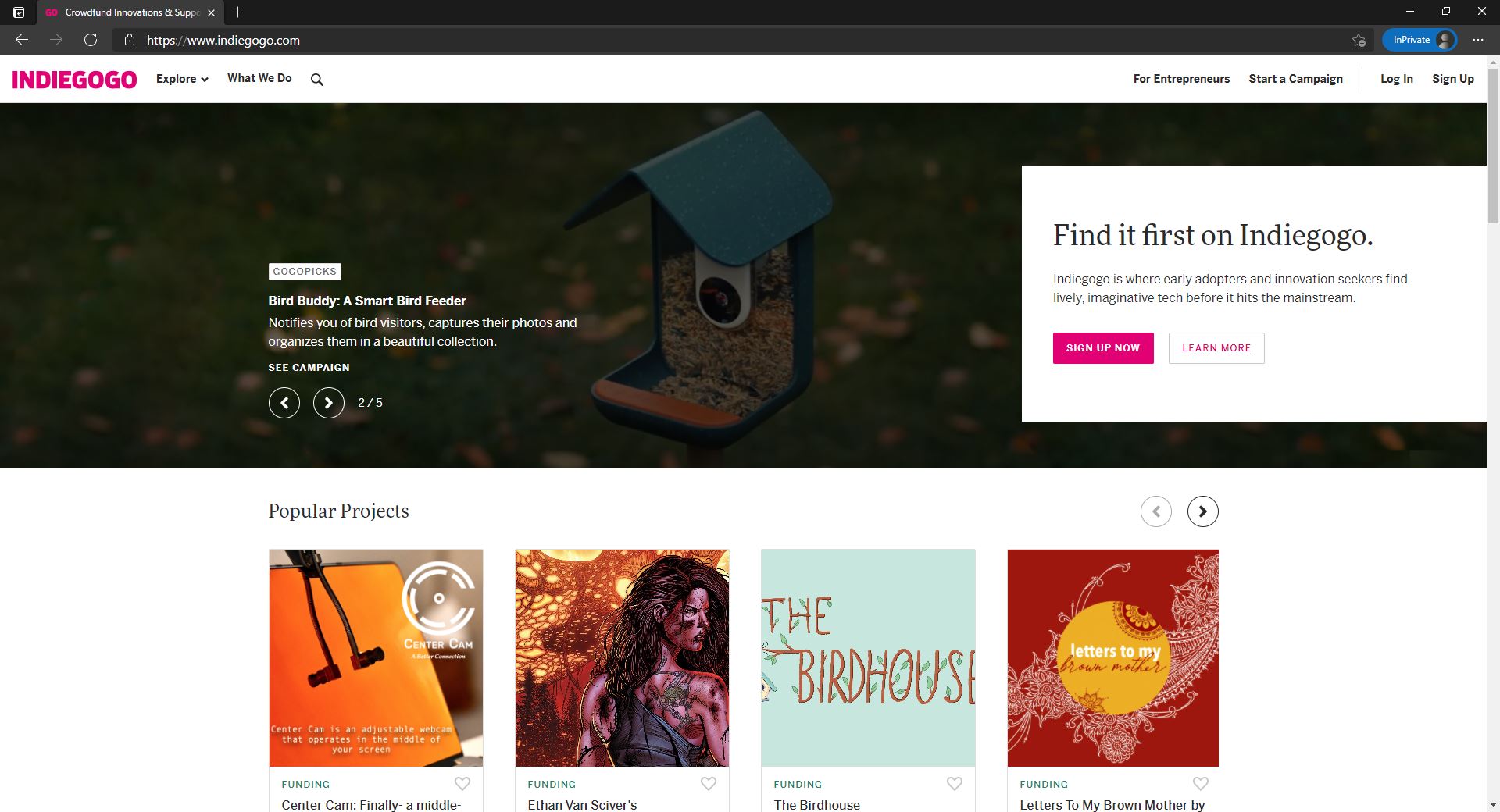
To get the word out, the co-founders introduced the site at the Sundance Film Festival, and Danae Ringelmann spent the first few years speaking at film, music and other events. “We worked our butts off to get our first customer success, and then second customer success and third customer success,” she recalled. “Every time we had a success, we’d take that story and tell it to inspire other people.”
For Indiegogo, those case studies were actually the most effective marketing tool when it came to convincing skeptics that it was possible to raise money on the Internet.
Nevertheless, the next challenge was to raise money from investors. And ironically, they were rejected 90 times by venture capitalists before raising their first dollar. “That was the beginning of what I like to call ‘the dark period,’” shared Ringelmann. Remembering back to those days, Ringelmann said she had saved up enough money to live without a salary for a year, as she and her co-founders anticipated they’d be able to secure funding by the fall of 2008.
According to the co-founder and chief development officer of crowdfunding site Indiegogo, “we live in a world that loves to say NO.”
“The key to thriving and to making it all happen is to turn those obstacles into challenges,” proudly stated Ringelmann. She added, “with every rejection, we saw that as another reason why Indiegogo needed to exist. This is exactly the model we were trying to disrupt.”
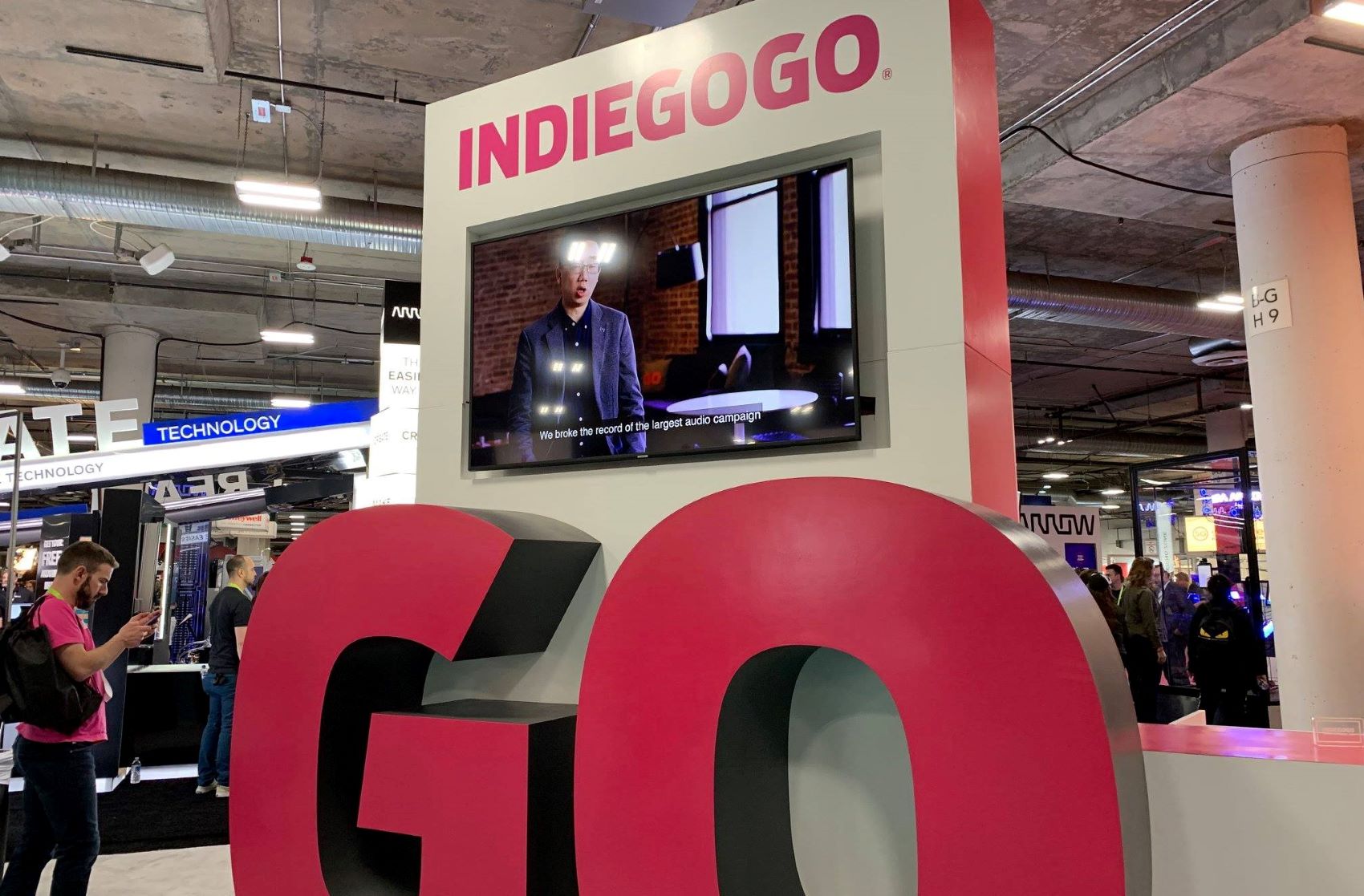
When Hard Work Handsomely Paid Off
Unlike current Indiegogo crowdfunding campaigns that are likely to take around 1 to 3 months to reach their goal and come to life, for such a startup as Indiegogo, it took four years to finally raise the needed funds.
It wasn’t easy, but finally, it happened!
It was in March 2011 that Indiegogo won its first $1.5 million round of financing. It did not attempt to raise money on its own platform. “As the first open crowdfunding platform,” Ringelmann said, “we were still trying to prove that using Indiegogo and the Internet was a great way for artists, entrepreneurs and causes to raise money.” Previously, in 2010, Ringelmann was also named Fast Company’s most influential woman in tech.
Actually, Indiegogo’s success could be anticipated as around that time, something game-changing and significant happened across the globe: A life was saved through an Indiegogo campaign. In particular, a successful Indiegogo-empowered campaign did help Pastor Marion, an African humanitarian, known as the Schindler of the Congo, raise enough money for a kidney transplant. Indeed, it was one of the first campaigns where the founders didn’t know the person trying to raise money. “It really touched me personally. I hadn’t thought about saving someone’s life. It showed it was really working.”
“That was early on for Indiegogo and, to me, was a huge moment that we were really building something sustainable and empowering to all people,” she added.
Initially established as an alternative to traditional money-raising efforts, Indiegogo was no longer just a way for SMB owners and entrepreneurs to hit the ground running. Since then, aspiring entrepreneurs and creative fellows have leveraged it for real, serious and potentially life-threatening emergencies. Of course, there exist several others who adopt the platform for less serious business, yet still with very interesting, novel or even ground-breaking ideas.
In those days, the world of venture capital was monolithically white and male, and hair-raising horror stories of what female founders faced in such settings continued to surface with depressing regularity. Nonetheless, Indiegogo data since 2010 revealed that 42% of creative campaigns that reached their funding goals were run by women. “Victory” on the platform proved no to depend on old-boy connections, but rather on a high “Gogofactor” score: The harder you hustle (adding perks as your campaign grows, updating supporters) the more Indiegogo promotes your project.

This has led to surprising business successes, including one quintessential Indiegogo campaign: the Axent Wear Cat Ear Headphones. Jointly developed by two UC-Berkeley alums – Wenqing Yan and Victoria Hu, the headphones are interestingly shaped like cat ears through which users can blast music to the rest of the world. Whereas the duo was not even sure that they would hit their $250,000 goal to prototype the product, the team raised amazingly up to $3.5 million. “This was just a side project that happened to work out while the other ones didn’t,” stated Hu.
The crowdsourcing platform then actively connected them to Brookstone and within two years of drawing up the idea, the cat ear headphones became a best seller for Brookstone holiday season.
Afterward, Ringelmann and the team did ask a group of venture capitalists as to whether they would have ever considered investing $3 million in this product. And ironically, “They said, ‘No explicative way,’” recalled Ringelmann. “The traditional system would have failed them. But when they had the tool to connect directly with their audiences, they were successful. And that’s how it should be. That’s what Indiegogo stands for.”
Actually, that is precisely what keeps Indiegogo team motivated through the daily grind–granting worthy creative minds a fair chance to realize a dream or idea. “Indiegogo is existing to change how ideas come to life–to make it far more merit-based, democratic, fair, efficient–to give everyone a shot,” stated Ringelmann. “We believe every idea is worth a shot. People deserve a fair path to bring their ideas to life, and that there is so much beauty in the world when that happens.”
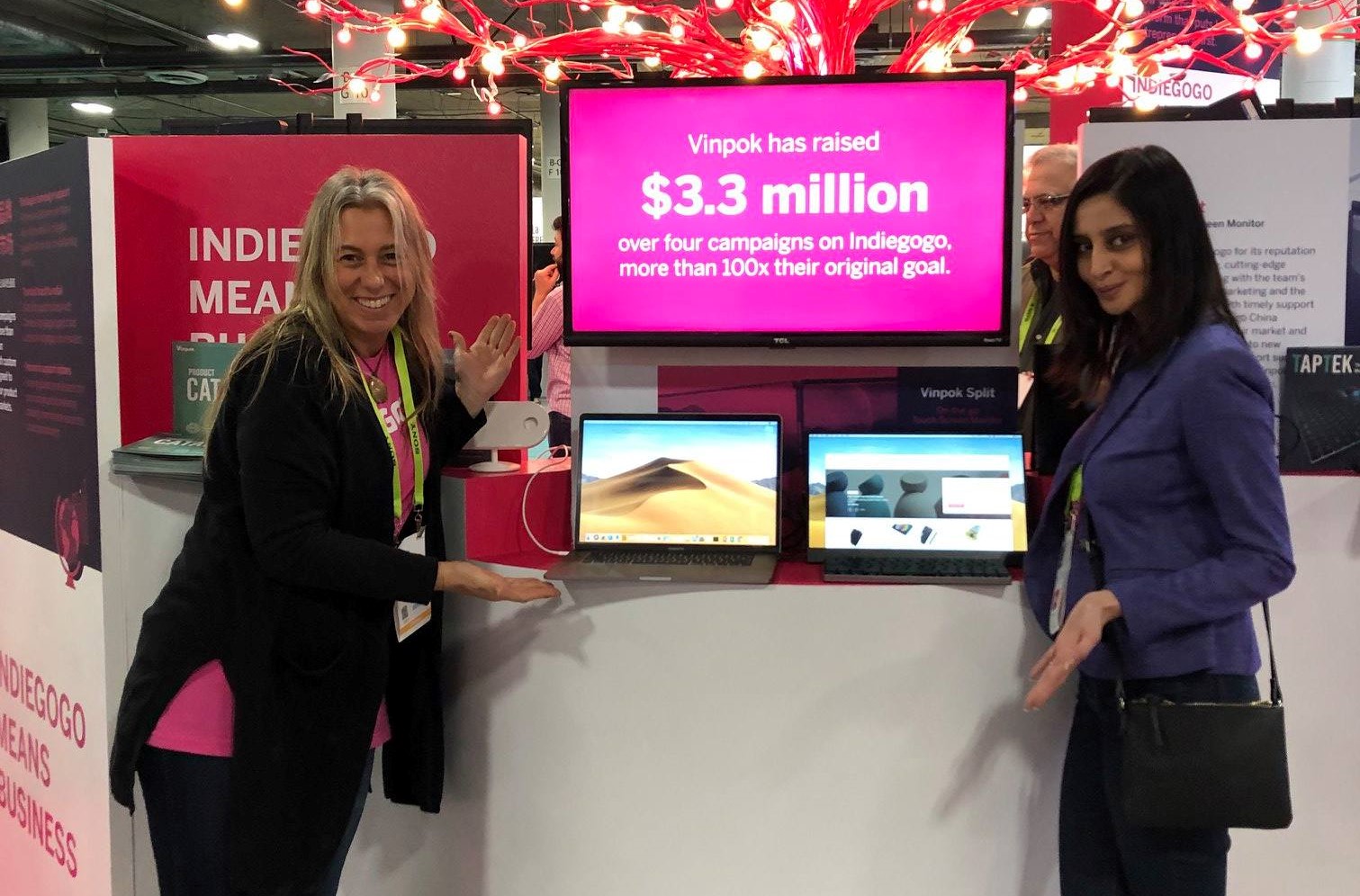
When Danae Ringelmann, Eric Schell and Slava Rubin launched Indiegogo in 2008, there was no such thing as crowdfunding. Yet, fast forward to a couple of years later, around 2016, “crowdfunding”, “Ringelmann” and “Indiegogo” could be frequently heard.
During such a revolutionary period, the crowdfunding platform zoomed to the apex of its fledgling industry, collecting accolades, heaps of venture capital backing and fuzzy success stories along the way. The list of laurels was vast and up to mid-2016, Indiegogo had been backed with more than $56 million in investments from a bevy of investors including Virgin’s Richard Branson, Tim Draper, and a veritable Who’s Who of Sand Hill Road. Around that time, more than 15 million people did visit the site on a monthly basis – not to mention, the growing list of crowdfunding copycats.
How The Crowdsourcing Landscape Has Transformed
Nearly a decade after Indiegogo’s launch, its founders were no longer “the lone, crazy people thinking you could use the internet to raise money” for projects and businesses, as Ringelmann put it. There exist a plethora of players within the scene, including Crowdfunder, CircleUp, and, another outstanding competitor, Kickstarter.
“We’re trying to chip away at all these barriers that require you to have luck to be successful,” shared Ringelmann, citing a late-night meaningful conversation with her mom as the inspiration for her company. The first way Indiegogo attacked those barriers was through perk-based or reward-based crowdfunding, which meant raising funds by offering things such as T-shirts, DVDs, or product prototypes.
Yet, the new federal laws meant Indiegogo would have to design more options for offerings: Final provisions of the crowdfunding portion of the Jumpstart Our Business Startups (JOBS) Act went into effect May 16, 2016, after which any investor can participate in equity crowdfunding campaigns.
“People are really watching these businesses grow because of crowdfunding,” stated Samantha Abrams, Co-founder and President of the Indiegogo-funded Emmy’s Organics. She would know: She and her partner, Ian Abrams, adopted Indiegogo to raise approximately $15,000 to redesign labeling on their gluten-free, vegan, and organic food products. This helped her company to expand distribution from 400 locations in 2010 to 4,000 in 2016.
As Indiegogo’s biggest competitor, Kickstarter, had initially declared its stance against the equity crowdfunding route (yet they changed their direction in the following year). “We’re not interested in that model”, stating the co-founder and ex-CEO Yancey Strickler, emphasizing that offering equity in projects would run counter to his platform’s mission of funding seemingly un-fundable projects.
In contrast, Indiegogo was planning to allow nonaccredited investors to participate in equity crowdfunding once that option becomes available. Whilst equity crowdfunding would definitely add a layer of complexity, Ringelmann was more than willing and happy to see it happen.
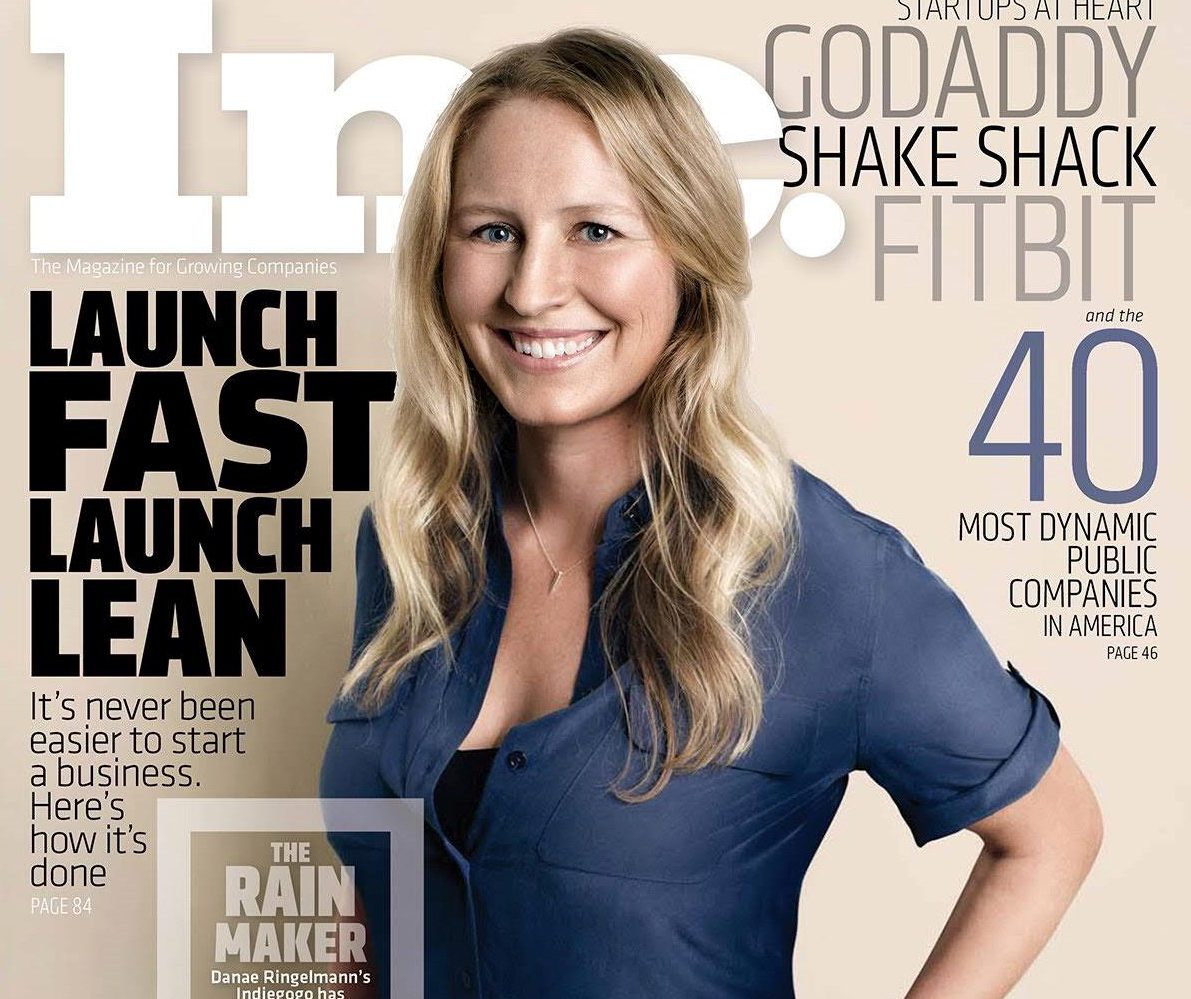
Before crowdfunding, she did comment, “we always had to rely on other people making decisions of what things get made. Now we can all participate in that decision-making.” From Ringelmann’s standpoint, the challenges posed by incorporating new equity crowdfunding rules felt familiar – just like when the term “crowdfunding” was greeted by blank stares. “There isn’t a label for the industry that we’re building right now, which is the industry of bringing ideas to life,” she stated. “The industry of enabling entrepreneurship doesn’t have a title. Yet.”
The Bottom Line
Far gone were the days when there existed a prevailing misconception that crowdfunding was just a field of dreams and a way to fail fast. Instead, “crowdfunding is becoming a true market testing platform,” offering an effective, gatekeeper-free way to access capital. Not only has Indiegogo “invented” the crowdfunding landscape and reshaped the financing world but this platform – just starting as a struggling startup with humble roots – has also breathed life into a myriad of creative projects as well as empowered a myriad of talented “dreamers”.

